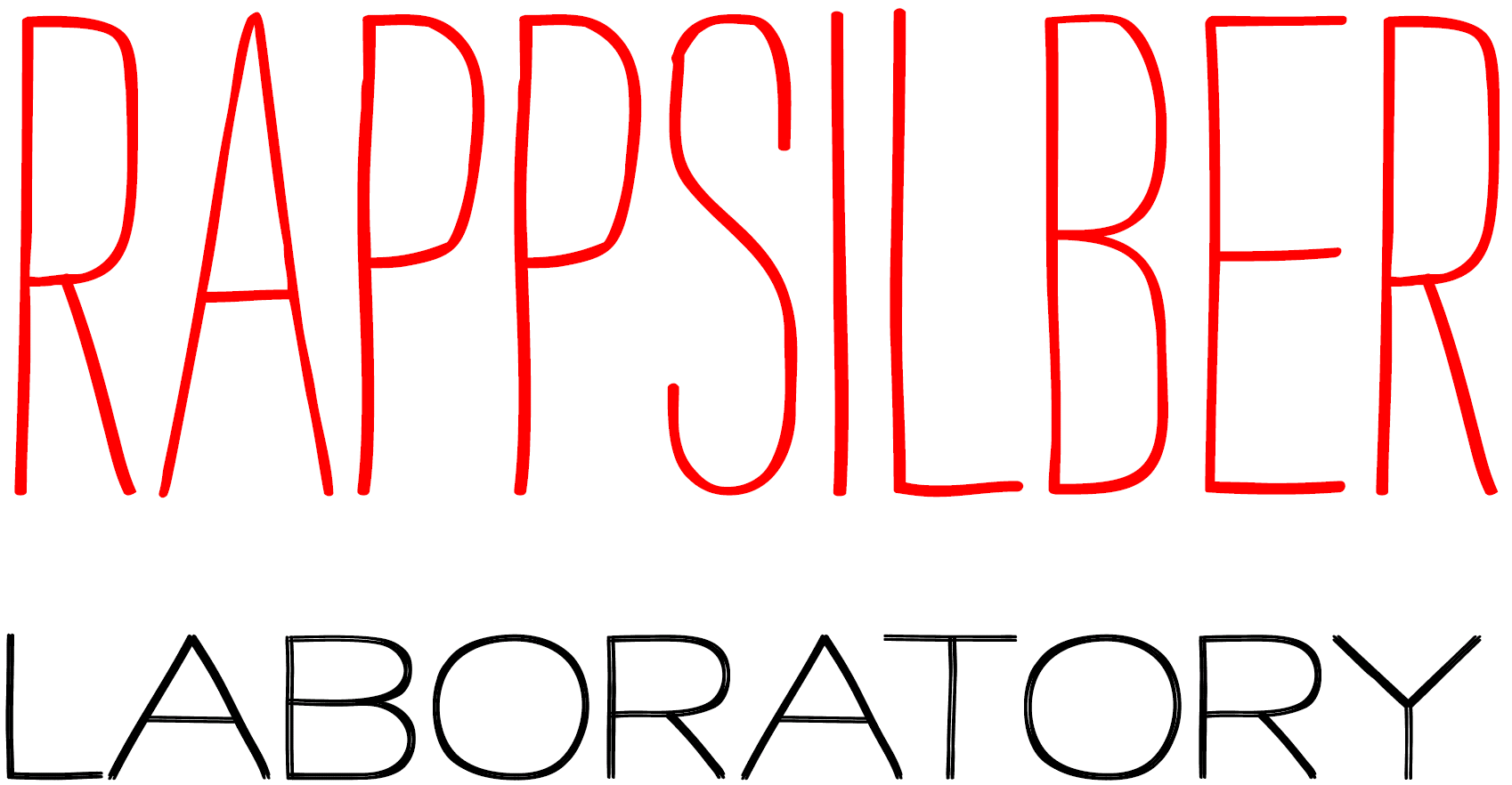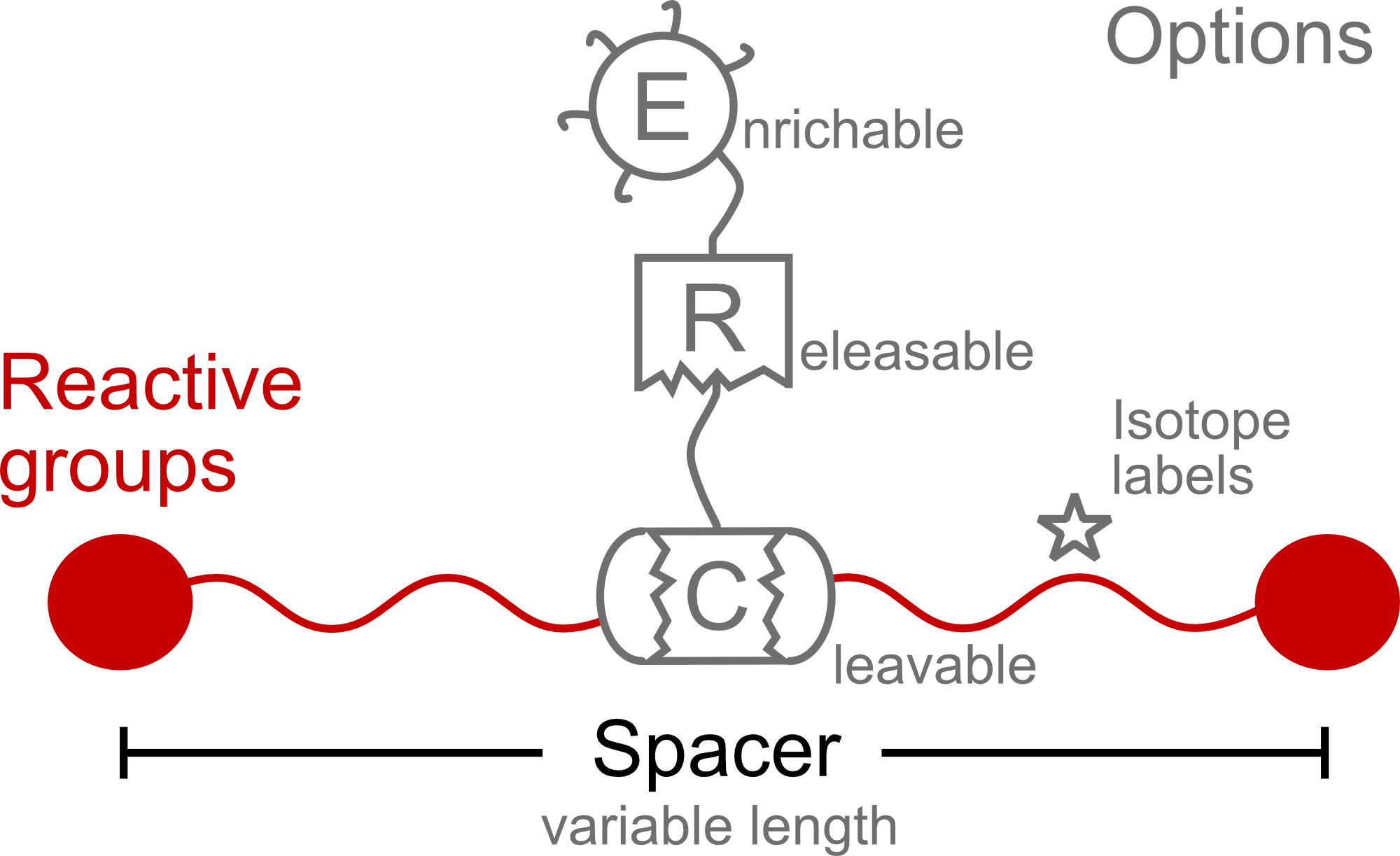Adam Belsom and Juri Rappsilber
Current Opinion in Chemical Biology, 2021
https://doi.org/10.1016/j.cbpa.2020.07.008
Crosslinking mass spectrometry has become a core technology in structural biology and is expanding its reach towards systems biology. Its appeal lies in a rapid workflow, high sensitivity and the ability to provide data on proteins in complex systems, even in whole cells. The technology depends heavily on crosslinking reagents. The anatomy of crosslinkers can be modular, sometimes comprising combinations of functional groups. These groups are defined by concepts including: reaction selectivity to increase information density, enrichability to improve detection, cleavability to enhance the identification process and isotope-labelling for quantification. Here, we argue that both concepts and functional groups need more thorough experimental evaluation, so that we can show exactly how and where they are useful when applied to crosslinkers. Crosslinker design should be driven by data, not only concepts. We focus on two crosslinker concepts with large consequences for the technology, namely reactive group reaction kinetics and enrichment groups.


